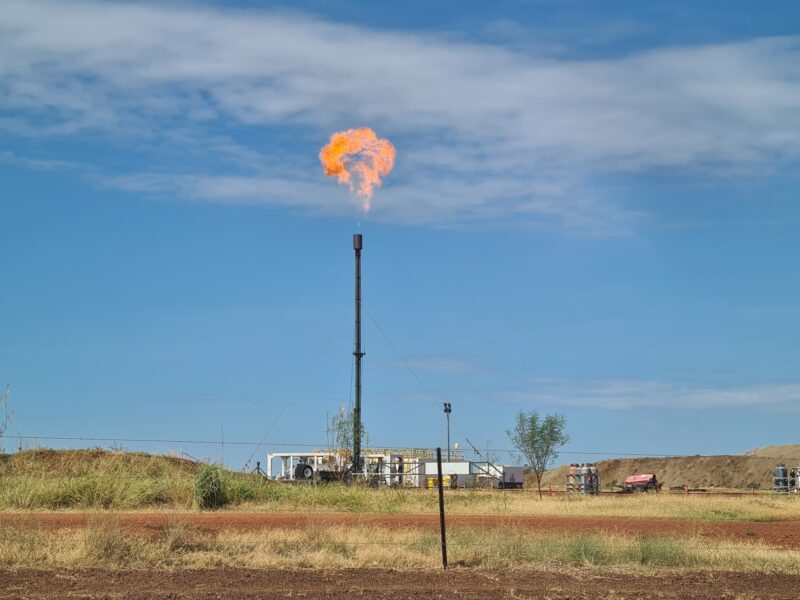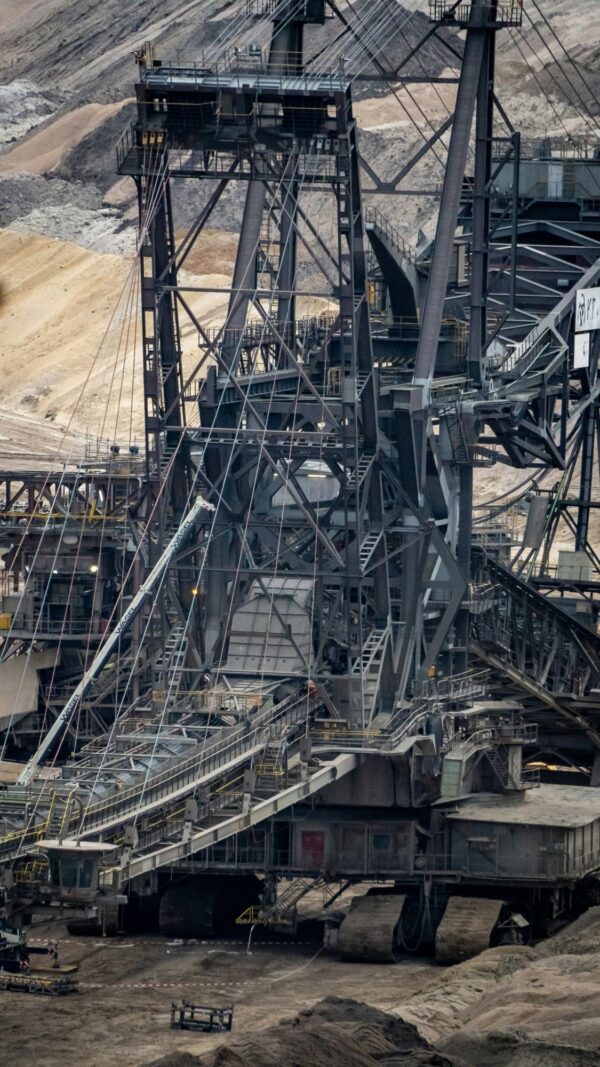Emissions impossible: Unpacking CSIRO GISERA Beetaloo Middle Arm fossil gas emissions estimates
Authors

This report provides an independent evaluation of the CSIRO and GISERA assessments of the potential greenhouse gas emissions that would result from the exploitation of the Beetaloo fossil shale gas reserves.
This is in light of the Scientific Inquiry into Hydraulic Fracturing of Onshore Unconventional Reservoirs in the Northern Territory, specifically Recommendation 9.8, which states:
“That the NT and Australian governments seek to ensure that there is no net increase in the lifecycle GHG emissions emitted in Australia from any onshore shale gas produced in the NT.”
The Northern Territory Government has stated it has completed this action point. The GISERA report provided the basis for this statement.
We find the CSIRO GISERA report has:
- Underestimated emissions for the Beetaloo project and its associated LNG production facilities across the board, across all areas of the proposed project, from methane leakage on extraction to liquefaction emissions intensity. We estimate these emissions would add up to 11% of Australia’s 2021 emissions, and that:
— The methane loss rate is underestimated by at least 56%.
— The upstream emissions intensity is underestimated by 44% to 110%.
— LNG production emissions underestimated by 57% to 89%.
- Underestimated annual onshore emissions by up to 84% from the scenarios used.
- Underestimated the cumulative total emissions over 25 years, including those occurring overseas, by close to 1.5 times Australia’s 2021 emissions.
- Focused on using offsets rather than real mitigation measures.
— Failed to account for any of the scientific findings questioning the efficacy of using offsets for fossil CO2 emissions.
— Putting the emphasis on offsets, despite findings that offsets are not a viable alternative to cutting emissions. - Overestimated the supply of offsets in Australia, by:
— Using liberal assumptions for all the offsetting methods under the Emissions Reduction Fund.
— Assuming a potential supply of offsets sufficient to offset Australia’s 2021 emissions in their entirety. - Assumed up to 42% of offsets would need to be sourced internationally, which is not possible under the recent Safeguard Mechanism regulations.
- Significantly exaggerated the viability of blue hydrogen and carbon, capture and storage, which would require injecting CO2 into the Timor L’Este seabed to contain it for thousands of years.
Tamboran’s Middle Arm emissions
Using updated emission estimates, we find that Tamboran Resources’ plan to develop a 6.6 million tonnes per annum LNG plant at the Australian taxpayer funded Middle Arm gas precinct in the Northern Territory this decade would generate emissions equivalent to 2-3% of Australia’s 2021 emissions. This figure translates to adding 6 to 8 million new cars to Australia’s roads.
- Tamboran Resources’ announced plan to expand capacity to 20 million tonnes per annum, would generate emissions equivalent to 10-13% of Australia’s 2021 emissions, equivalent to having 30-38 million additional cars on Australia’s roads.
Cumulatively, over the 25-years life of the project and including exported emissions, Tamboran Resources’ plans to frack the Beetaloo and produce LNG would generate between 0.8 to 3.2 GtCO2e, when the IPCC and the IEA make it clear that existing fossil fuel infrastructure set us on track to exceed the remaining 1.5°C compatible carbon budget.
- The emissions from Tamboran’s plans are 8-51% of Australia’s cumulative emissions from 2024 to 2050, if Australia’s emissions were to decline consistently to become net zero by 2050.











